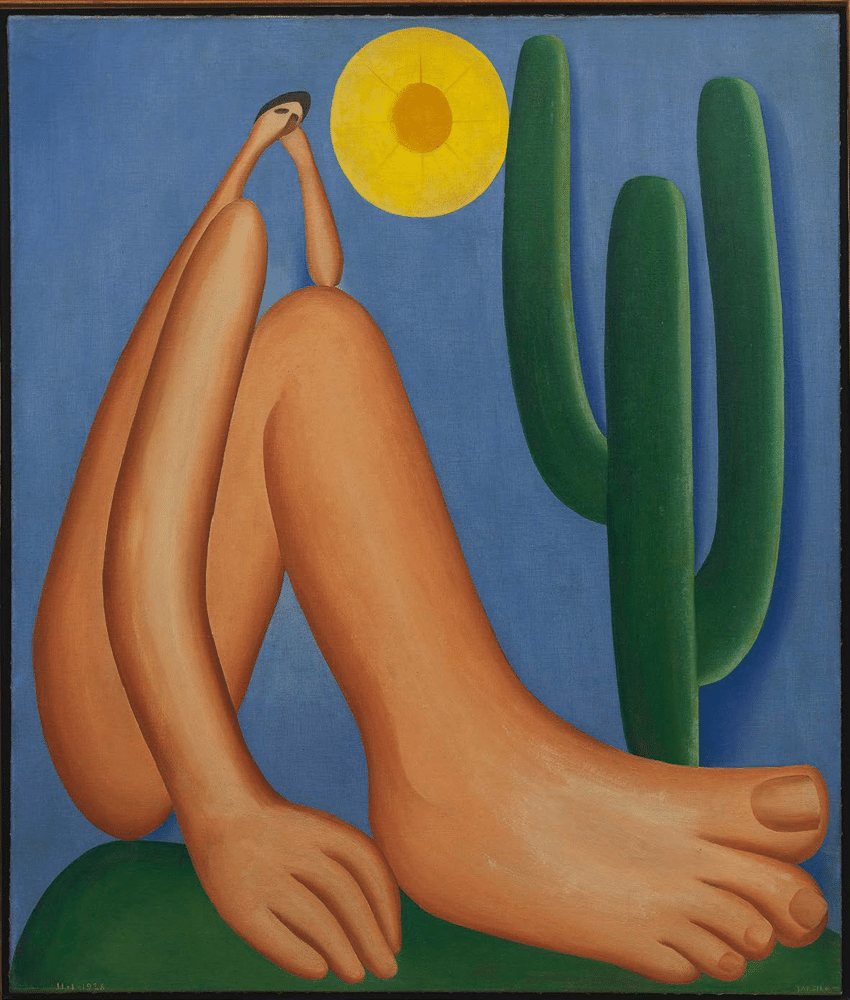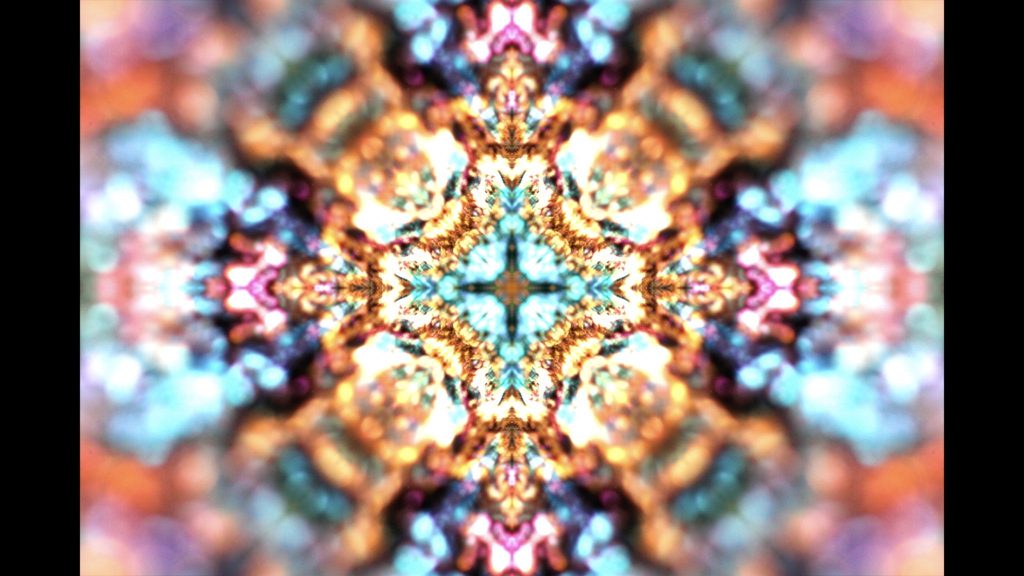Toloache
Shamanic materialism
A brief impression of the weightless path
An audiovisual reverberation form a questioning constellation: What land is this? This is a region of premonitions that suggest, hint, point to, outline a destruction, a repetition, an interruption, an excess. The form of composition of this interzone is the spell, the incantation, the trance, the rapture, the torsion, a superstitious penetration into the landscape, an animistic proximity and nearness to things. What we recover in this way is the irrational condition of the testimony, the aesthetics of the trance or the shamanic insurrection, this is what we perceive as shamanic materialism, here the empirical nature of things gives us its dazzling brilliance and the suggestive aspect of its agitation or relationship gives us the premonition of a testimony: Our impressions of the wonderful Toloache, a testimony that allows us to underpin a fragile historical dispersion under the condition of premonition, suggestion and superstition.
Shamanic materialism by Colectivo Los ingrávidos, excerpt.

Metafísicas canibais: elementos para uma
antropologia pós-estrutural
Vendo-nos como não humanos, é a si mesmos— a seus respectivos congêneres—que os animais e espíritos veem como humanos: eles se percebem como (ou se tornam) entes antropomorfos quando estão em suas próprias casas ou aldeias, e experimentam seus próprios hábitos e características sob uma aparência cultural- veem seu alimento como alimento humano (os jaguares veem o sangue como cerveja de milho, os urubus veem os vermes da carne podre como peixe assado etc.), seus atributos corporais (pelagem, plumas, garras, bicos etc.) como adornos ou instrumentos culturais, seu sistema social como organizado do mesmo modo que as instituições humanas (com chefes, xamãs, festas, ritos).
Eduardo Viveiros de Castro, 2015. Página 44-45
A tradução da “cultura” para os mundos das subjetividades extra-humanas tem como corolário a redefinição de vários eventos e objetos “naturais” como sendo índices a partis dos quais a agência social pode ser abduzida. O caso mais comum é a transformação de algo que, para os humanos, é um mero fato bruto, em um artefacto ou comportamento altamente civilizados do ponto de vsita de outra espécie: o que chamamos “sangue” é a “cerveja” do jaguar, o que tomamos como um barreiro lamacento os tapires experimentam como uma grande casa cerimonial, e assim por diante. Os artefatos possuem esta antologia interessantemente ambígua: são coisas ou objetos, mas apontam necessariamente para uma pessoa ou sujeito, pois são como ações congeladas, encarnações materiais de uma intencionalidade não-material. E assim, o que uns chaman de “natureza” pode bem ser a “cultura” dos outros.
Eduardo Viveiros de Castro, 2015. Página 53

Cannibal Metaphysics
“In seeing us as nonhumans, animals and spirits regard themselves (their own species) as human: they perceive themselves as (or become) anthropomorphic beings when they are in their houses or villages, and apprehend their behavior and characteristics through a cultural form: they perceive their food as human food— jaguars see blood as manioc beer, vultures see the worms in rotten meat as grilled fish— their corporeal attributes (coats, feathers, claws, beaks) as finery or cultural instruments, and they even organize their social systems in the same way as human institutions, with chiefs, shamans, exogamous moieties and rituals.”
Eduardo Viveiros de Castro, 2014. Page 57
“The translation of “culture” in the worlds of extrahuman subjectivities has for its corollary the redefinition of several natural objects and events as indexes from which social agency can be inferred. The most common case is the transformation of something that humans regard as a brute fact into another species’ artifact or civilized behavior: what we call blood is beer for a jaguar, what we take for a pool of mud, tapirs experience as a grand ceremonial house, and so on. Such artifacts are ontologically ambiguous: they are objects, but they necessarily indicate a subject since they are like frozen actions or material incarnations of a nonmaterial intentionality. What one side calls nature, then, very often turns out to be culture for the other.”
Eduardo Viveiros de Castro, 2014. Page 62


